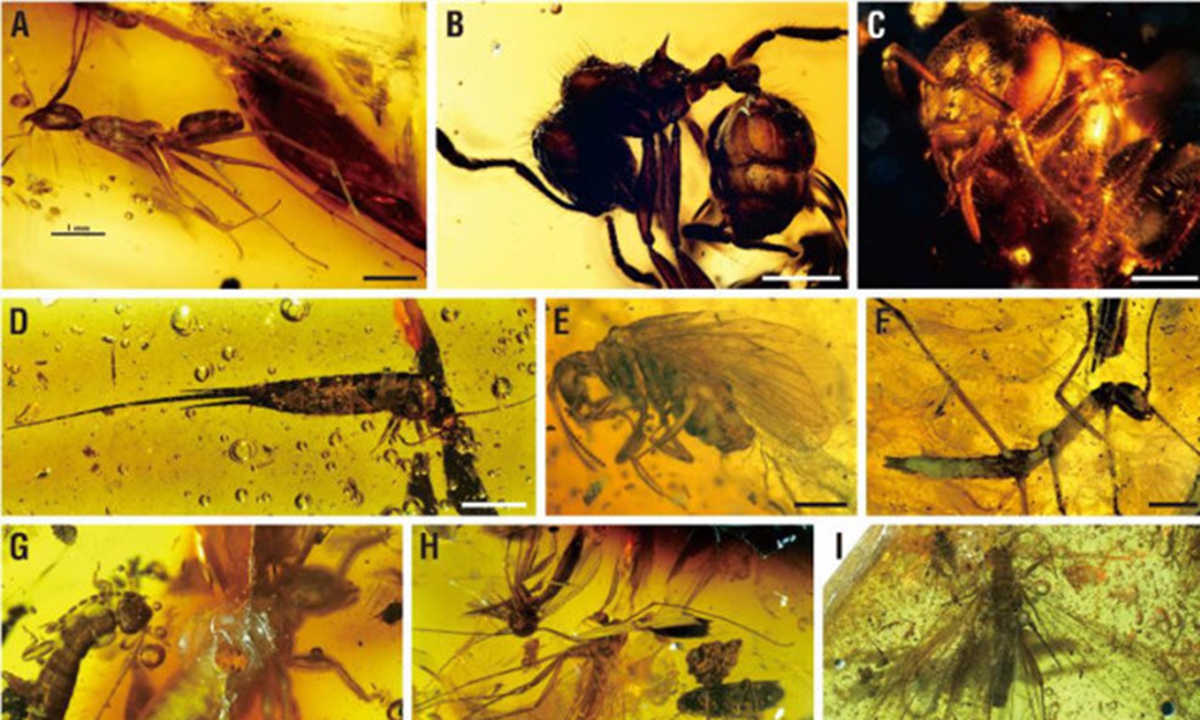15 million year old amber fossils discovered in East China provide clues to climate change today

Photo: Snapshot of Chinese media outlet Xiandaikuaibao
A team of Chinese paleontologists have found fossils in East China's Fujian Province that indicate the climate in the region 15 million years ago was very similar to the global climate currently predicted for the year 2100. The discovery is being hailed as a significant contribution to predicting future environmental changes amid rising concern about climate change.
According to a report from Chinese media outlet Xiandaikuaibao, Wang Bo, a research fellow at the Nanjing Institute of Geology and Paleontology at the Chinese Academy of Sciences, said that they have discovered 25,000 fossils of various fauna in amber, including those of insects, and more than 5,000 fossils of ancient plants in Zhangpu, a county in Fujian Province that date back to the Mid-Miocene Climatic Optimum (14 to 17 million years ago).
"The Zhangpu biota currently ranks the third in the world in arthropod diversity when it comes to the discovered 250 families, and it is also one of the four largest sources of fossils trapped in amber in the world," Wang told the Global Times on Tuesday, noting that China is a country rich in amber resources.

Photo: Snapshot of Chinese media outlet Xiandaikuaibao
Wang said he and his team have begun to excavate the fossils since 2010, and planned to continue the unearthing work. The amber fossils reveal the diversity in insects and plants such as ants, beetles, cicadas and different kinds of plant leaves at the time. The results of the study show that the Zhangpu biota was a lavish tropical monsoon forest reservoir, and that as early as about 15 million years ago, the Asian tropical rain forest biota had already established its current ecological structure."The acceleration of global warming is stunning, and the Earth experienced a similar situation about 15 million years ago. The climate at that time was very similar to the climate currently predicted for the year of 2100," Wang said, adding that understanding how climates and environments changed during this ancient period is important for predicting future changes in climate and environment and can help mankind efficiently deal with future environmental crises.
According to Wang, it will take his team another 20 to 30 years to carry out deeper research on the Zhangpu biota.
"The research we have produced so far is only the preliminary results of our studies and only shows the overall appearance of the Zhangpu biota, but there are a large number of fossils that still need to be identified in detail. The research team will continue to carry out in-depth taxonomy, phylogeny and paleoecological research on some important animal and plant groups, and will publish a series of research paper in the cooperation with some scholars overseas," said Wang.




